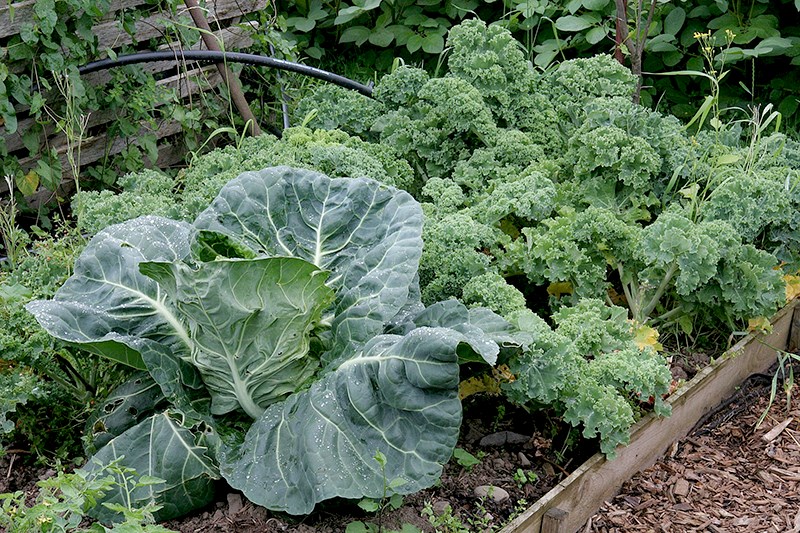My fellow Tri-City News columnist Karen Curtis, who writes Market Fresh monthly, paid tribute last fall when our community lost biodynamic farming pioneer Mary Forstbauer.
Mary passionately preached healthy soils, a practice the Forstbauer Family Natural Food Farm in Chilliwack has been doing for nearly three decades.
Healthy soils create healthy plants, especially with a changing climate. Drought conditions stress plants, making them more susceptible to pests and disease.
To cultivate good soil and plant life, Forstbauer farm employs biodynamic methods as well as the soil food web approach.
Many organic farmers use the input substitution method — they employ non-chemically produced fertilizers to provide the essential nutrients of nitrogen, phosphorus and potassium. Biodynamic farming, however, focuses on complete farm and soil health, not simply on the short-term gains of a high-yielding plant. Through proper composting, crop rotation and cover cropping, the biodynamic farm becomes a more resilient, healthier, complete ecosystem, able to achieve a greater yield on a healthier plant, resulting in better quality food.
The soil food web is the community of organisms living all or part of their lives in the soil. It describes a complex living system and how it interacts with the environment, plants and animals. The soil food web approach to farming is based on science and entails testing the soil for its microbial content (the millions of bacteria, fungi, nematodes, etc.); creating compost tea from worm-castings for example, and applying the compost to cultivate beneficial soil microbes.
• What is compost? Compost results from the natural breakdown (recycling) of plant matter into a rich material, providing essential nutrients to new plants. In nature, when organic material such as trees fall to the ground, micro-organisms begin to break down the vegetation, eventually forming humus. Humus looks and feels like soil and contains the nutrients of original plant material. Vegetation then uses these nutrients to grow. This process is relatively slow in nature; backyard composting accelerates it. A pile of raw vegetable/garden materials maintained at a proper degree of moisture and turned regularly will eventually reduce to compost.
• Why use compost? Compost protects plants from diseases and insect pests. It also enhances the soil’s ability to hold water and air, both essential for plant growth. With time, compost-amended soil darkens and warms up quickly in the spring, extending the growing season. Unlike soluble chemical fertilizers (which also require fossil fuels to be manufactured), compost releases nutrients slowly as plants need them. Metro Vancouver has been promoting the compost of organics to not only save on landfill space but also to reduce the amount of methane created. Moreover, if one desires high-quality compost for the garden, it is best to undertake one’s own on-site composting. Many topsoil products today contain visible amounts of shredded plastics and foreign items.
• What can be composted? Any raw organic material can be composted: plant trimmings, leaves, immature weeds, kitchen scraps (vegetable and fruit peelings, minus sticky labels), coffee grounds, tea leaves (minus the nylon mesh bags), egg shells, nutshells, soiled brown/newsprint paper. Grass clippings in large quantities should be mixed thoroughly into the composting materials to prevent rotting instead of natural decay.
• Is compost smelly? The odour of compost should be earth-like or like “good woods” soil. Any strong (sour) smell is a sign that the materials are unbalanced or that decomposition has stalled. A strong ammonia smell may indicate too much grass (in that case, add some dry high-carbon — i.e., brown — materials). Make sure the materials are mixed thoroughly to promote good aeration.
Enjoy the benefits of growing healthy happy plants.
--Melissa Chaun of Port Moody is an ecologist with a passion for all things sustainable. She has a certificate in Sustainable Community Development, volunteers on various city committees and is currently co-ordinating the monthly meetings for Tri-City Greendrinks. Her column runs monthly.



